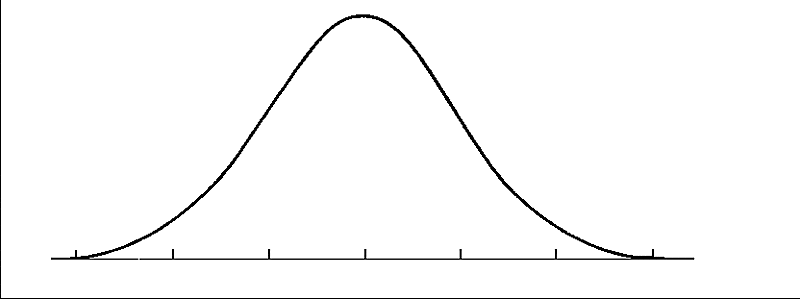Implementing the new grading scheme has been much like moving into a transitional space: awkward and unnerving for the skittish law student. Much of the initial furor has died down but we are still in flux. This year is unique in the fact that for the majority of the upper year classes, there are two grading schemes at play. While 2Ls and 3Ls have always been graded together in the past, this year profs were asked to meet different guidelines for each group. The 2Ls get to hope for those HH’s and the 3Ls are stuck in the dark ages with their A, Bs and Cs (and Ds? Did people actually get those?).
Originally the administration floated the idea of switching everyone to the new grading scheme this year, which would make marking less complicated. But, according to the Academic Handbook, the profs agree that segregating their classes “is better than having students with mixed transcripts, and they are willing to accept the cost”. Aww.
The question is how profs are managing this novel and exciting challenge. One prof explained that his approach was to grade all the exams together and then to map the raw scores on the appropriate grades under the old and new system. Another prof I spoke to said that he thought he was supposed to grade the two years like they were completely different classes, and accordingly apply the old distribution system to the 3Ls and the new distribution system to the 2Ls. Clearly there is a little bit of room for interpretation.
It probably does not make a real difference, though. Eager to justify my P in Securities Reg, I asked some profs if the 3Ls generally outperform the 2Ls. It would seem logical that someone who has the benefit of an extra year of legal study under their belt would be better at law school. Nonetheless, the general sentiment seems to be that there is no discernible difference in performance. One prof remarked that he doubted he could tell a 2L from a 3L exam. I don’t know if this is because you actually peak once you are done first year or if it is because the third years really do give zero damns, as they claim. Either way, any difference in profs’ marking approaches will likely not have an impact on your mark.
Technically the 2L grades are supposed to be more predictable. Part of the reason that the new scheme was implemented was the hope that it would provide for “more conformity in grades across courses”. The admin sought to eliminate the grade ‘lumping’ that resulted from the mandatory mean – profs would give out a bunch of Cs to compensate for lots of As, or everyone would just get Bs. Instead, they introduced distribution guidelines. Ideally, Pass with Merit is now the grade given out most often, and Low Passes are supposed to be much rarer than Cs because profs are not required to give them out. Interestingly, a few students I spoke to commented that practitioners seem particularly willing to stray from the “everyone at U of T law deserves a gold star” school of thought and will readily dole out Low Passes. Notwithstanding, instructors still have to fall within the prescribed guidelines unless they want to justify their marking to Faculty Council.
The Great Prof Challenge next year will be what to do with those pesky combined program kids who refuse to graduate. There will only be a handful of students in upper year courses that are still being graded on the old system. Allow me to make a suggestion, professors: just give them all A+. You’ve been through enough with this transition. You deserve a year off.






